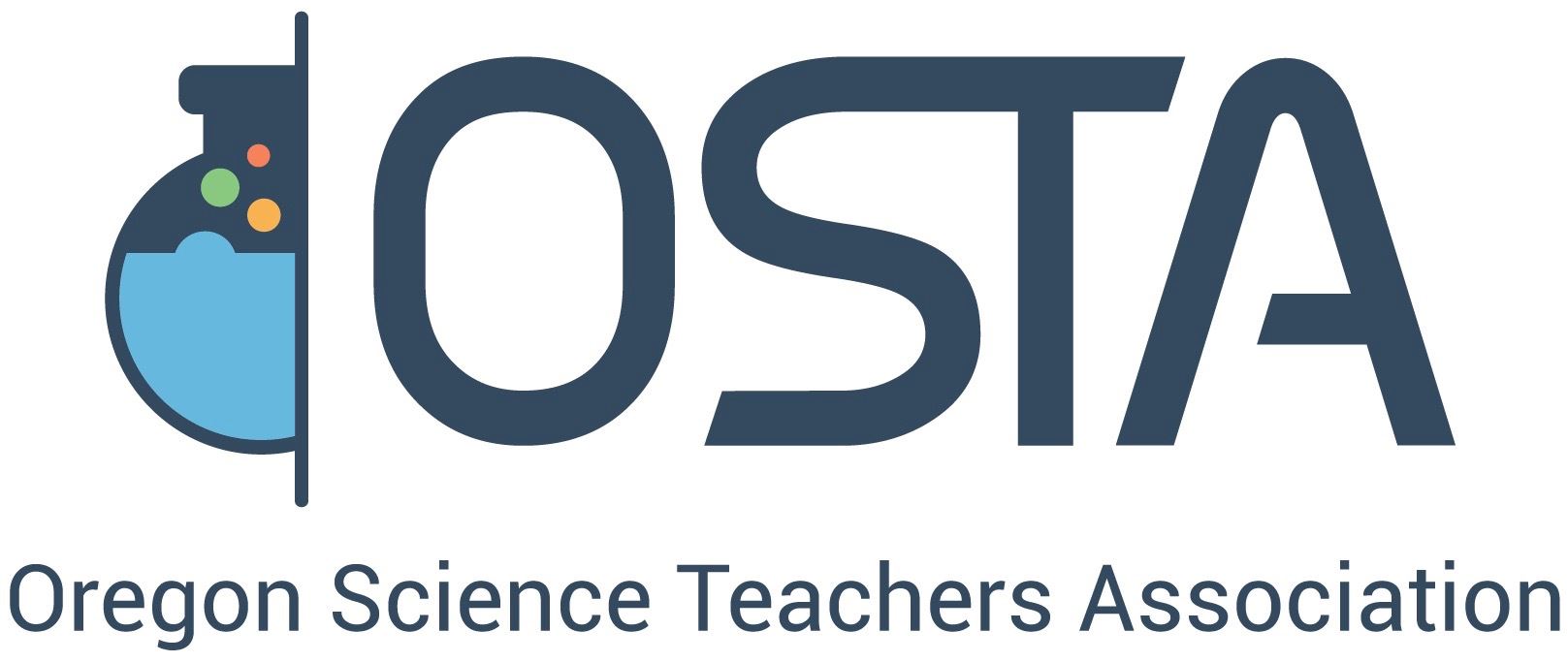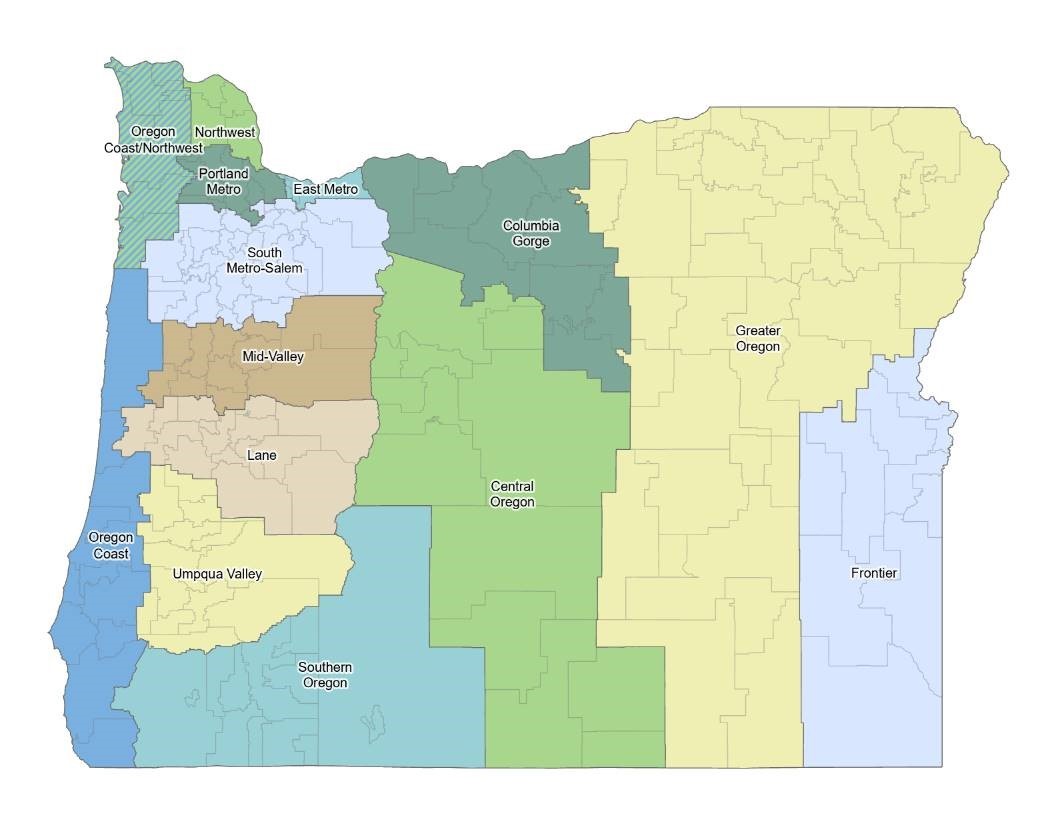Mission and Goals |
Mission
Goals
To provide our members with:
Organization Structure The OSTA is governed by a Board of Directors made of of an Executive Team (President, Past-President, President-elect; Secretary, and either the Treasurer or Membership Coordinator), and up to 19 more directors. The current format has 13 regional directors that align with the 13 STE/AM Hubs organized by the State of Oregon, with up to 6 directors at large. Information about the 2023 region change is below. We currently have standing committees for Conferences, Awards, Elections, TOST/Webinars, and Website. If you are interested in helping either as a board member or being a member of a committee, please contact the President-elect at: president-elect@orgonscience.org OSTA Regions 2023In an effort to increase OSTA’s reach to science educators around the state, the board has revised the regions that have been in place since 2004. Teaching and learning has changed dramatically since then. With the inception of Oregon’s STEM hubs in 2015, OSTA felt it important to team up with these partners in our shared mission of improving science/STEM education. This revision is in line with OSTA’s Strategic Framework goal of creating a vibrant, diverse, engaged, and networked community. The rationale behind this goal was to cultivate a community of educators, decision makers, and strategic partners to generate meaningful contributions to learning communities in and out of classrooms. To sustain a vibrant learning community that promotes sharing, co-creation, and collaboration, OSTA aims to connect people with people, people with resources, and engage diverse investment in science education. By aligning our regions with Oregon’s STEM Hub system and the ESDs in those regions, we are advancing opportunities to access and multiply a broader range of resources and expertise by collaborating with our partners in science/STEM education. We aim to engage these strategic relationships to achieve our goal of supporting teachers and students through connecting rather than competing. You will see from the list below, the regions have been outlined mostly by counties as described by the Regional STEM Hub Network. As two of the STEM Hubs overlap some counties, one of them has been described via school districts, and another with I-205 as boundary line. This is your professional organization. Please let us know if you have any questions. You can find the board member representing your region here.
|


